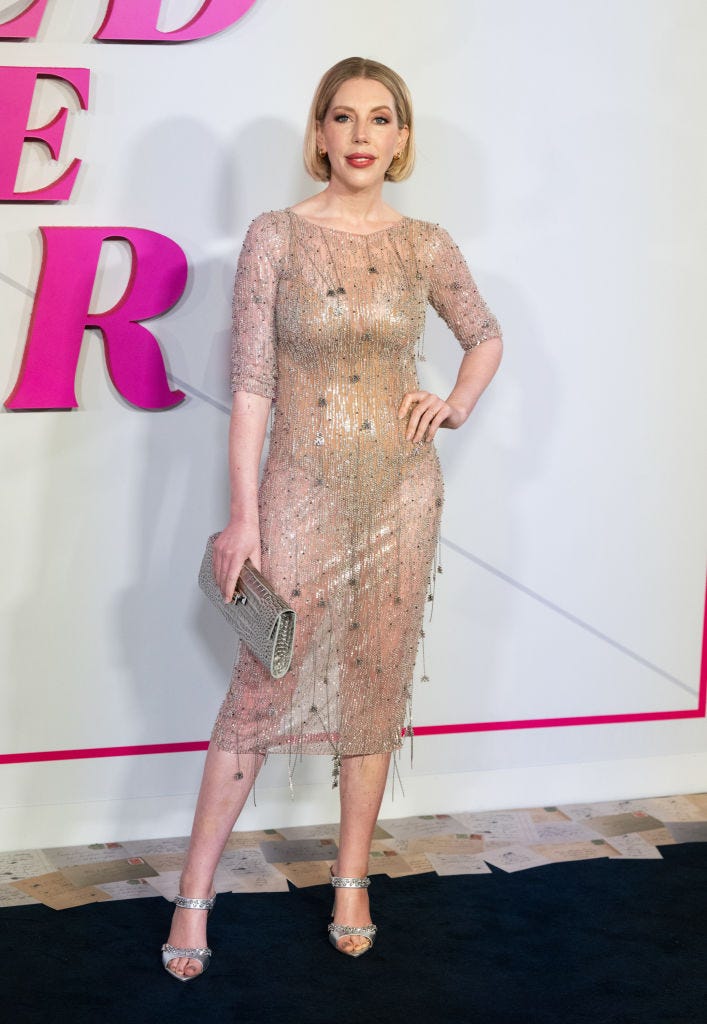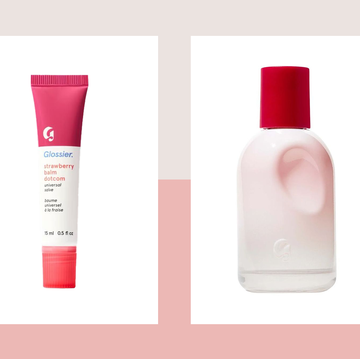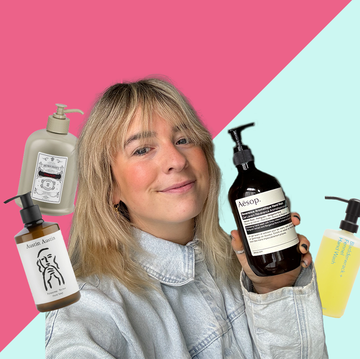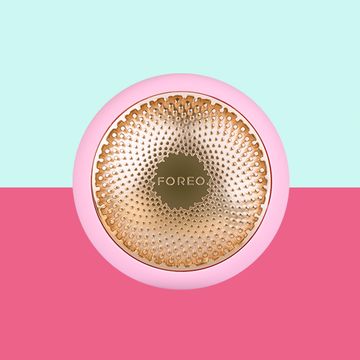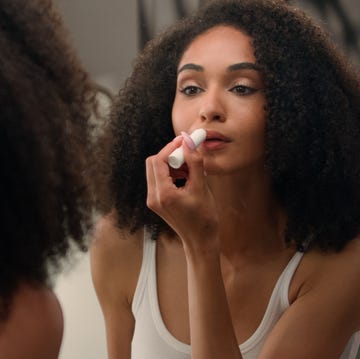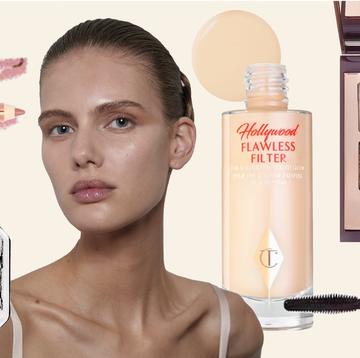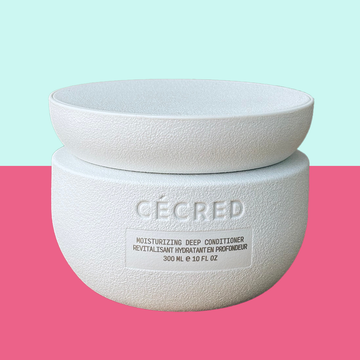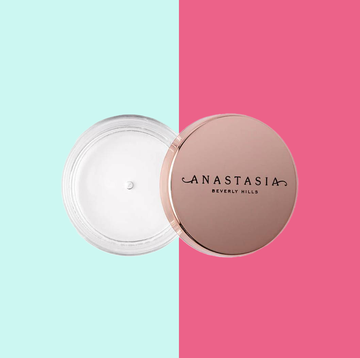In a world of celebrities who’d rather admit to tax evasion than tweakments, Katherine Ryan is a breath of fresh air. The Canadian comedian has always worn her boob job and Botox with pride, and there’s a serious reason for the funnywoman’s candour.
Over her 41 years, Katherine has experienced the good, the bad and the ugly of cosmetic enhancements, and now she’s speaking out to help others make safer choices about their faces and bodies. These days, she’s a long-standing client of award-winning facial aesthetician Dr Nina Bal, but she wasn’t always so fortunate.
“I had really dodgy lip injections when I was young. And that was because I didn’t have the information or funds to go to the right place,” she says, speaking at the launch of Dr Bal’s new London clinic. “I heard about this amateur doing it in a basement for cash and thought, ‘I’ll just go do it now, and it’ll be fine. And if it doesn’t work out, it’ll just go away within a few months.’ That was when I was 21. It’s never gone away. I still have scar tissue. I don’t know what they injected in my lips. We think it was silicone, but we’ll never know. I’m lucky that it didn’t turn out worse.”
Now older and wiser, she adds: “Finding the right cosmetic doctor is so important. I’ve been going to Nina since about 2015, and I trust her completely.”
Katherine has been trolled for having lip fillers in more recent years, but she points out that it was a corrective procedure, rather than one for enhancement. “When [Dr Bal] has done [lip] filler in the past, it’s just to even it out a little bit. I’ll always have a bit of a wonky mouth because of a mistake. That’s one of the reasons why I disclose so much. I think there needs to be more awareness about how badly things can go if you do it without education and you do it on the cheap.”
The judgement she gets for having treatments washes over her, she adds. “I’m impervious to criticism,” she smiles. “If people want to gossip about the way I look, I feel I’m providing them with a useful service as a comedian. Some people really like to criticise and I don’t mind, like as long as they’re having a good time doing it. I’m so lucky. I really don’t care.”
It helps that her experiences with cosmetic enhancement have been largely positive. “I absolutely loved getting breast implants,” says Katherine, who’d wanted surgery throughout her teenage years and had it in her early 20s. “I had no breasts and they never grew. I was lucky because I went to a really great board-certified surgeon, and I always had this idea of what was reasonable and proportionate. I never had any body dysmorphia. We see some celebrities who are like, ‘I want boobs bigger than my head!’, [but] I was always pretty conservative. And it really did transform my life. I felt so much more feminine, so much more beautiful.”
Today, she describes herself as “very body confident”, and is content to focus on facial aesthetics (her skin is absolutely flawless, we can’t help but admire.) Her regime from Dr Bal is “very bespoke”, and includes prescription skincare, lymphatic drainage, sparing use of injectables, lasers and HIFU (high frequency ultrasound), which tightens skin non-invasively: “It feels like little elastic bands snapping under your skin.”
“When I was pregnant with Fred [now three], I had to go on steroids to modulate my auto-immune disease,” says Katherine who had specialist anti-miscarriage treatment after two baby losses. “I looked like a completely different version of myself. My face got bigger, so when [the weight] went, I had residual skin laxity. I saw nothing right away [from HIFU], but as the weeks went by, I could see my skin lifting and contracting.”
She had to wait until she had completed breastfeeding her youngest daughter, Fenna, before embarking on Dr Bal’s protocol: “It was about patience and being gentle and waiting until I was in a position where I could see Nina again,” she explains.
Now, nearly two years on from giving birth to Fenna, a combination of non-invasive treatments has left Katherine looking and feeling back to her old self. “It didn’t bother me that I gained all this pregnancy weight. It was a season of my life, and I leaned into it.
“But we want to recognise ourselves. The best friend that you’ll ever have is yourself. And I like to recognise her in the mirror again. I didn’t even know how bad it was until I got back to how I usually look in the mirror one day, and went, ‘Oh, there she is!’”
She entrusts Dr Bal with creating a long-term skin strategy that’s appropriate for her, as a 41-year-old mum of three. She now has “not too much” in the way of muscle-relaxing injections: “I don’t want to be ‘frozen-faced mom’.”
The key to it all, she firmly believes, is finding someone who respects your face. “I went to see some American aestheticians when I was working out there and they just have a one-stop shop,” she says. “There’s someone famous in particular who’s not ready for my narrow, weak Celtic jawline.”
“So, back in this country, people were like, ‘Have you had way too much filler?’, but I think I’d had it where it wasn’t suitable for me. [With Dr Bal] we’ve pulled back on filler. I love seeing someone who has experience with different ethnicities, different face shapes, different ages and understands what’s right for me.”
Katherine Ryan is supporting the launch of Dr Nina Bal's new London clinic
Lip fillers – the expert view
Dr Nina Bal explains what you need to know
What can go wrong with lip filler in the wrong hands?
One of the most common issues is unnatural results. Overfilled lips can look disproportionate, disrupting the natural harmony of facial features. Over-inflating the lips can stretch the skin and may even cause changes to the lip structure that may not be reversible, even after the filler dissolves or is removed.
There are potential medical complications, too. When lip fillers are not performed with proper technique or understanding of facial anatomy, there is a risk of accidentally injecting into a blood vessel. This can lead to vascular occlusion, where the blood supply is blocked, potentially causing necrosis (tissue death). In severe cases, part of the lip or surrounding tissue could be permanently damaged or lost.
Are botched fillers a common problem?
Yes. Unfortunately, a lot of non-medical professionals can still legally inject. While they may have basic training, they often lack the knowledge and skillset necessary to handle complications that may arise.
The increasing popularity of aesthetic treatments has brought more non-experts into the field, and while some may do a decent job, there are many cases where patients come to me to correct uneven results, overfilled areas or even more dangerous complications.
How are lip fillers corrected?
If someone has had hylaluronic acid fillers, I use an enzyme called hyaluronidase to dissolve them. However, this comes with its own set of risks, including allergic reactions and anaphylactic shock. If it’s silicone, like in Katherine’s case, I can’t physically remove it, but I can do small injections of HA filler to smooth the overall appearance.
When dealing with an unknown substance, which can occur in cases where a patient may not know exactly what was injected or the product is not properly documented, the first step is always diagnostic imaging. I would typically recommend an MRI scan to help identify the type of filler and assess the extent of the issue.
How can people minimise the risk of problems?
The most important step is ensuring that the person performing your lip filler treatment is a qualified medical professional. Those with experience and training in facial anatomy are more likely to produce safe and aesthetically pleasing results.
Before committing to a procedure, schedule consultations with multiple practitioners. This gives you a chance to compare their approaches, ask questions and gauge their level of expertise.
Ask how they handle complications, such as infections or allergic reactions. A well-qualified professional should have a clear plan for managing adverse effects.




